Social media has been abuzz today with the eyebrow-raising news that the Beatles will be releasing "Now and Then," their final NEW song — featuring all four members — on Thursday, Nov. 2.
View this video on YouTube
The song will be released both as a single and part of an expanded and remixed version of The Beatles' greatest hits collection The Beatles’ 1962-1966 (‘The Red Album’) and 1967-1970 (‘The Blue Album’).
If you have questions, I don't blame you. How, for example, can this be a new song (and not an archival release) when the band broke up in 1970, John died in 1980, and George died in 2001? And what's all the talk about the Beatles using artificial intelligence to make it? The explanation is a long and winding road of unexpected twists...and more than a little Beatles' magic. Here's your deep dive:
The Beatles — John Lennon, Paul McCartney, George Harrison, and Ringo Starr — first made a splash outside of their native Liverpool, England when they dropped their debut single "Love Me Do" in 1962.
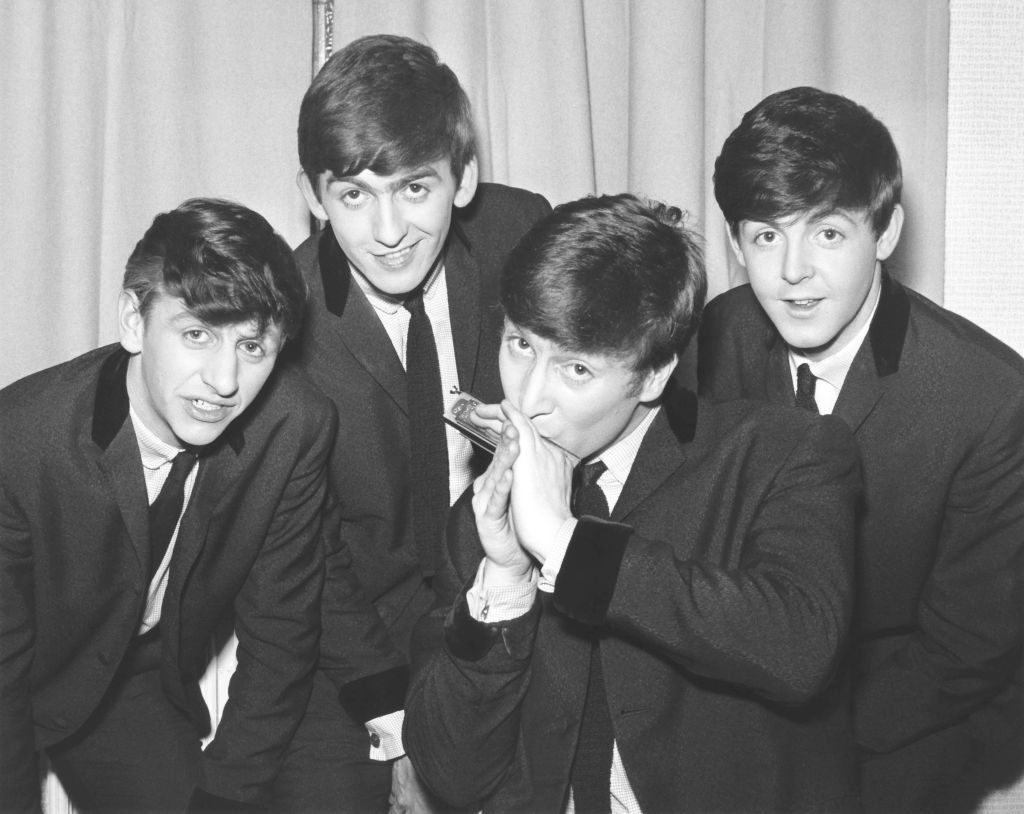
They became (and still remain) the biggest-selling music act of all time, dropping #1 singles (like "Here Comes the Sun" and "Hey Jude"), changing the course of popular music, and massively influencing the cultural revolution of the '60s. All that in just eight years...culminating in their breakup in 1970.
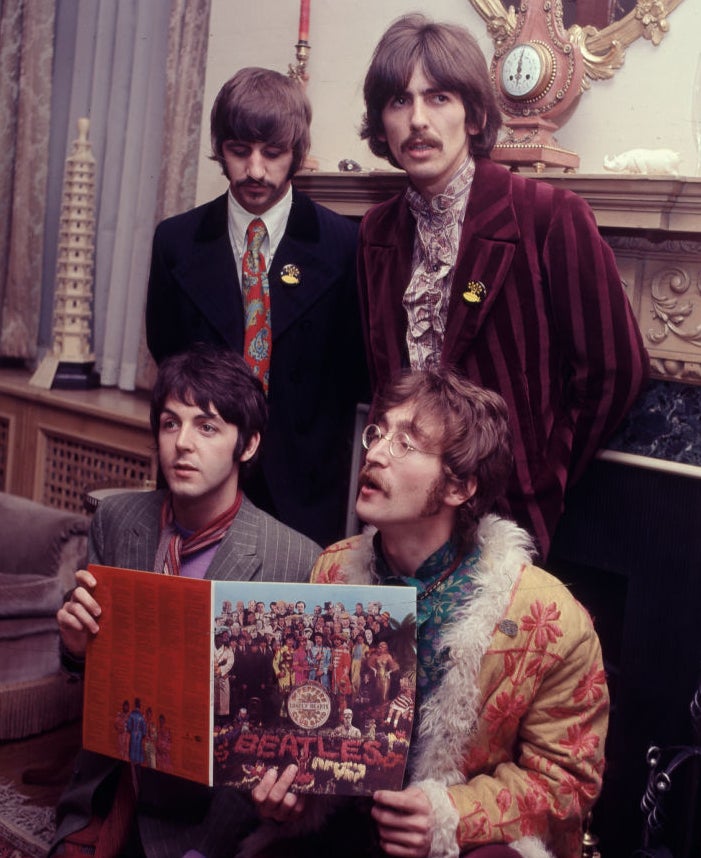
In the '70s, the ex-Beatles each scored chart-topping solo hits, but still they were hounded by one question: "When are the Beatles getting back together?"
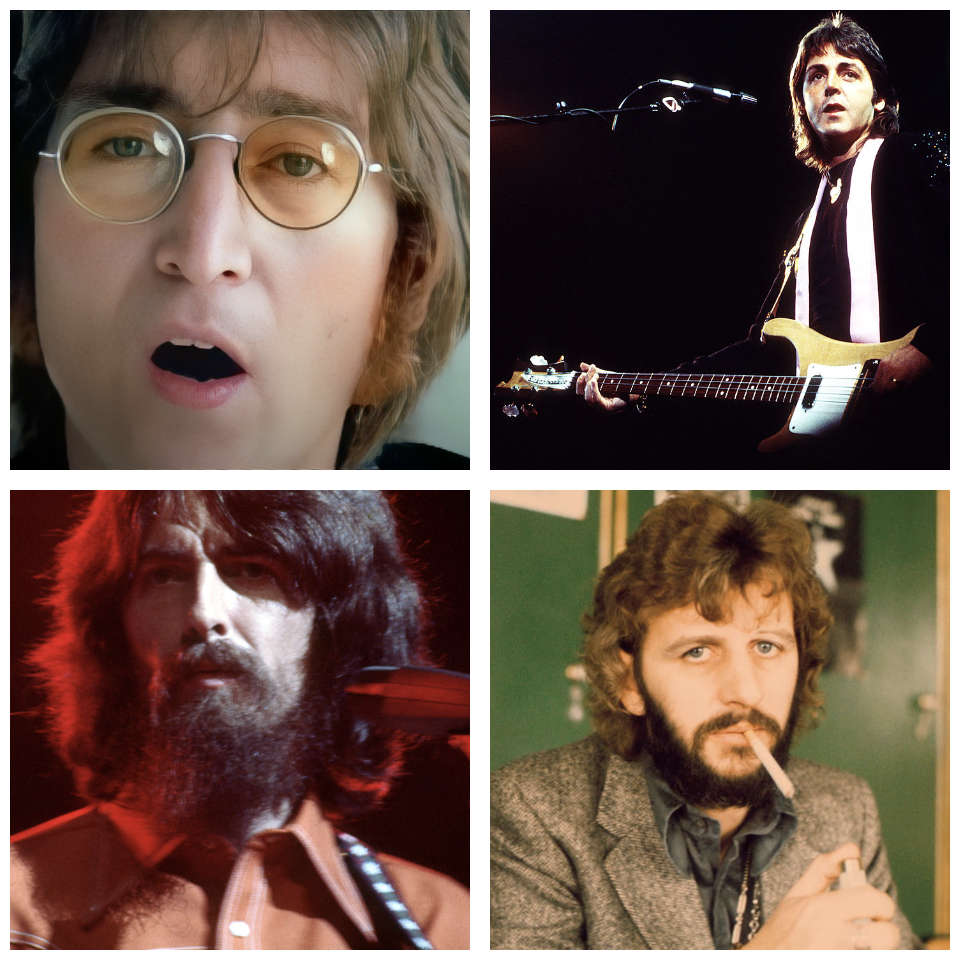
The odds of a reunion improved toward the end of the '70s: Paul, George, and Ringo jammed together at Eric Clapton's wedding, and Paul and John's feud simmered enough for them to hang out as friends again. Heck, John is reported to have even submitted a sworn deposition against the producers of Beatlemania! (a Broadway "tribute" to the Beatles) saying that he intended for the band to release a documentary about their career that would be released in conjunction with a reunion concert. Tragically, any dreams of this happening were dashed on Dec. 8, 1980, when John was shot and killed outside his home in New York City.
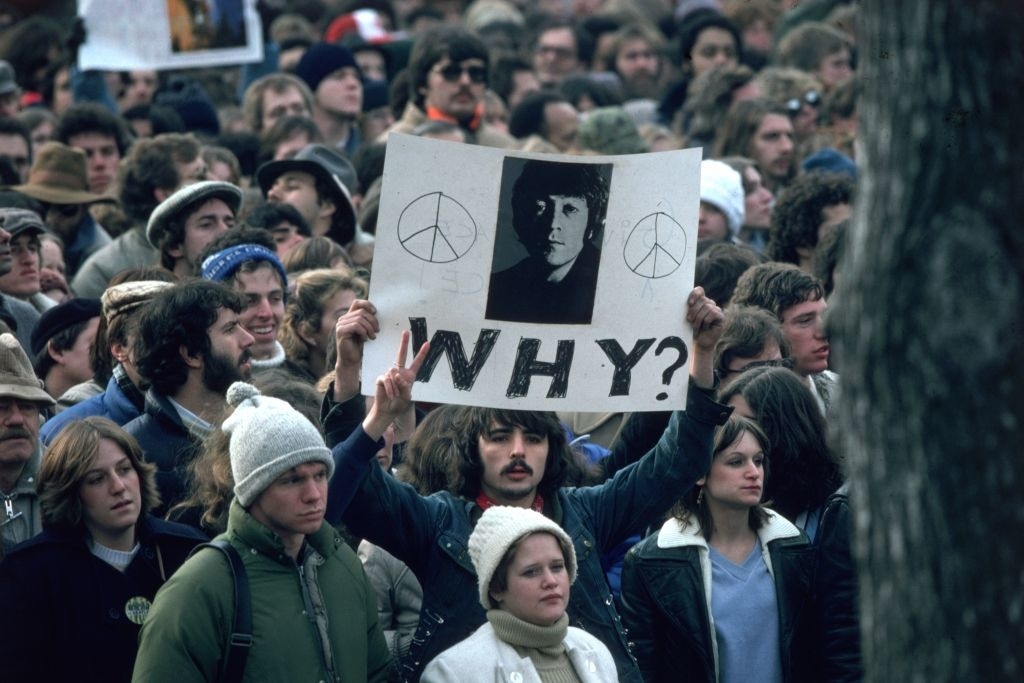
Stories as great as the Beatles' never seem to end when you think they do, a decade or so later, the surviving Beatles began discussing how they could make a career-retrospective documentary like the one John envisioned. They even brainstormed how they could do the impossible by releasing it in conjunction with something as thrilling as John's reunion concept idea. But what?
Paul, George, and Ringo first discussed recording instrumental background music for the documentary, but that idea was deemed to be too small. Instead, they asked John's widow, Yoko Ono, if she had any unreleased recordings of John's that they might be able to complete. As it turns out, John had recorded a bunch of home demos of new songs in the late '70s, and she gave the surviving Beatles cassette tapes with four demos on them: "Free as a Bird," "Real Love, "Grow Old With Me," and "Now and Then."
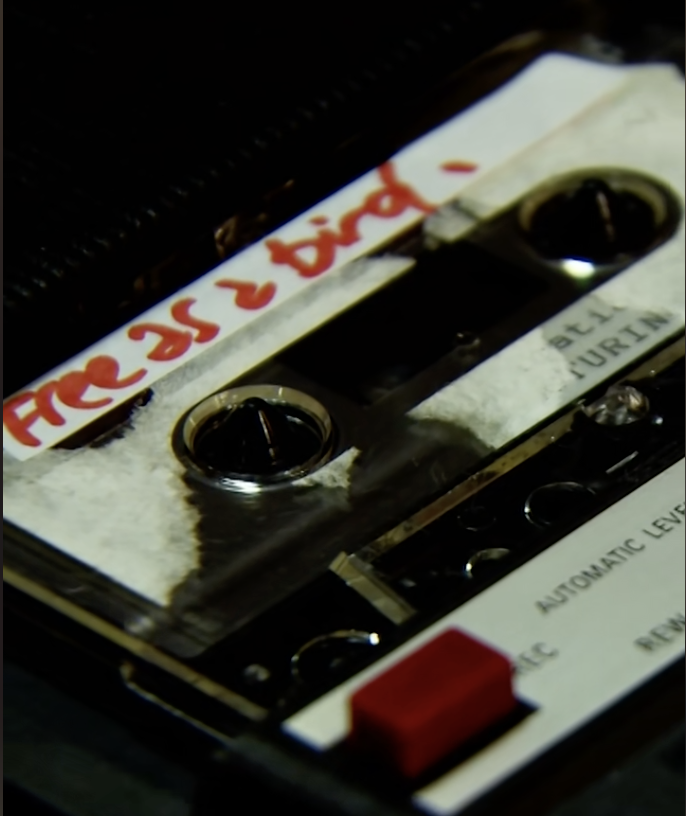
Three months later, in March of 1994, the Threetles (as they came to be called by the press) met in secret at Paul's home studio to give it a go, but with a pact to abandon the project and never speak of it again if they couldn't make it work. The challenge before them was massive...not only because recapturing the Beatles' magic a quarter century after they broke up would not be easy (especially without John's physical presence), but because of massive technological problems with John's demos. The demos were often out of time, the vocal and piano parts were on one track (meaning you couldn't separate them), and worst yet, the demo for "Now and Then" had a loud hum running throughout it. Thankfully, the trio — working with new, technologically savvy producer Jeff Lynne — managed to complete "Free as a Bird."
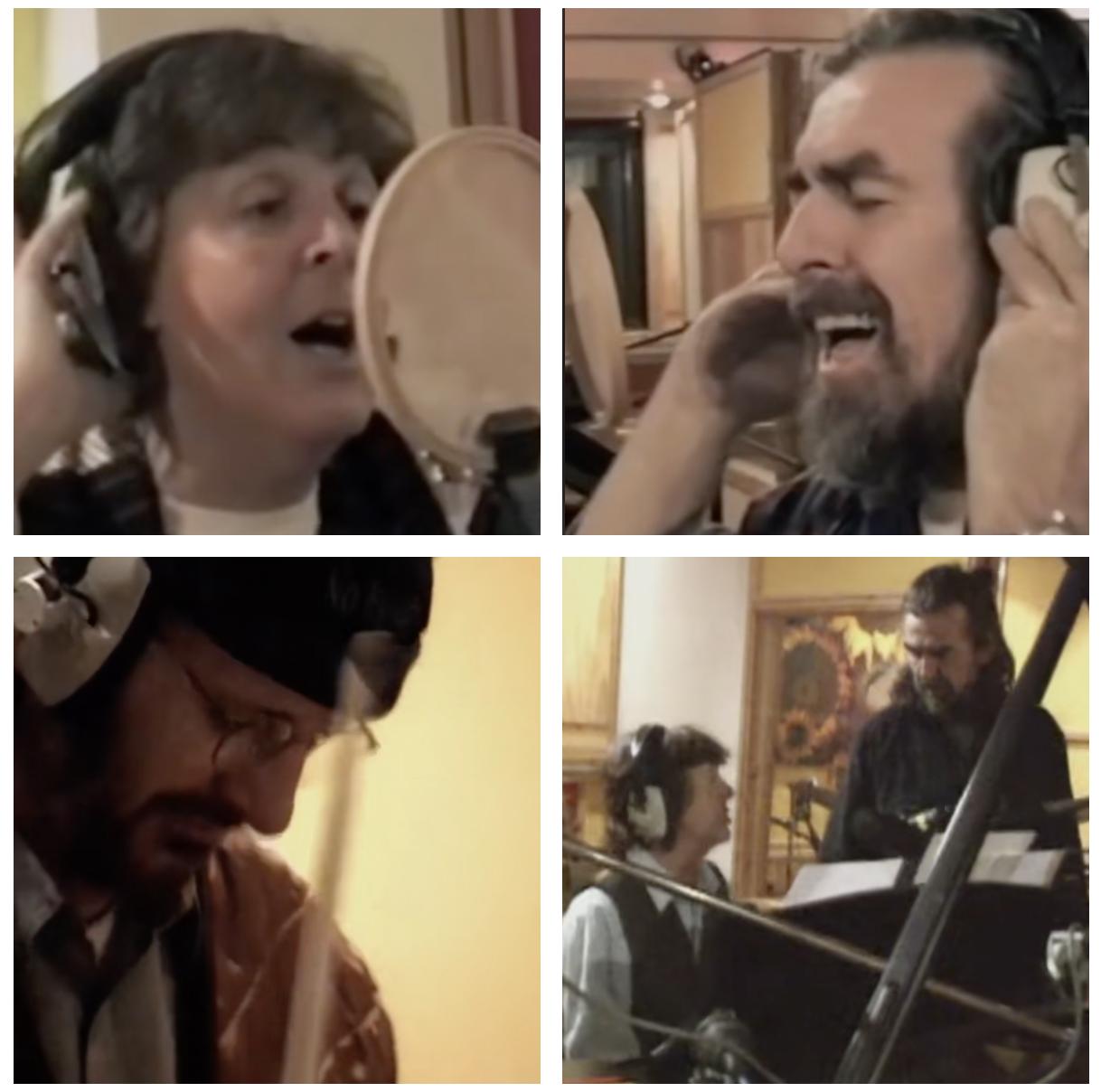
The video for "Free as a Bird" debuted in 1995 as the climax to the first night of The Beatles Anthology documentary, and nearly 50 million people worldwide tuned in. Music fans were split on the song. Some called it a "dirge" and criticized the sound quality of Lennon's vocals (flown in from the home demo), while others loved it, highlighting George's emotional slide guitar performance and the against-all-odds gift of being able to hear the signature harmonies of John, Paul, and George together once again.
View this video on YouTube
The Beatles Anthology and its soundtrack featuring "Free as a Bird" were massive successes, with "Free as a Bird" reaching #2 in the UK and #6 in the USA.
A year after completing "Free as a Bird," the Threetles reassembled to record two more John demos for The Beatles Anthology (with the plan to end all three nights of the documentary with a new Beatles song). They first completed "Real Love," a sweet, Beatle-y sounding tune featuring more A+ slide guitar and signature harmonies.
View this video on YouTube
"Real Love" reached #4 in the UK and #11 in the USA.
When the group turned to make the third and final song, they immediately dismissed the idea of recording "Grow Old With Me." Sure, it was a gorgeous song...but one that'd already been released in demo form on John and Yoko's Milk and Honey album.
View this video on YouTube
Instead, Paul, George, and Ringo attempted to record "Now and Then," but this song proved much more difficult to complete than the others. First, Jeff Lynne and his team struggled to minimize the annoying hum using 1995 technology, and second, the demo was the least finished song of the bunch, and would require writing a lot of new lyrics. Writing the lyrics would be a daunting task, especially since Paul and George butted heads while co-writing even a few new lines for "Free as a Bird."
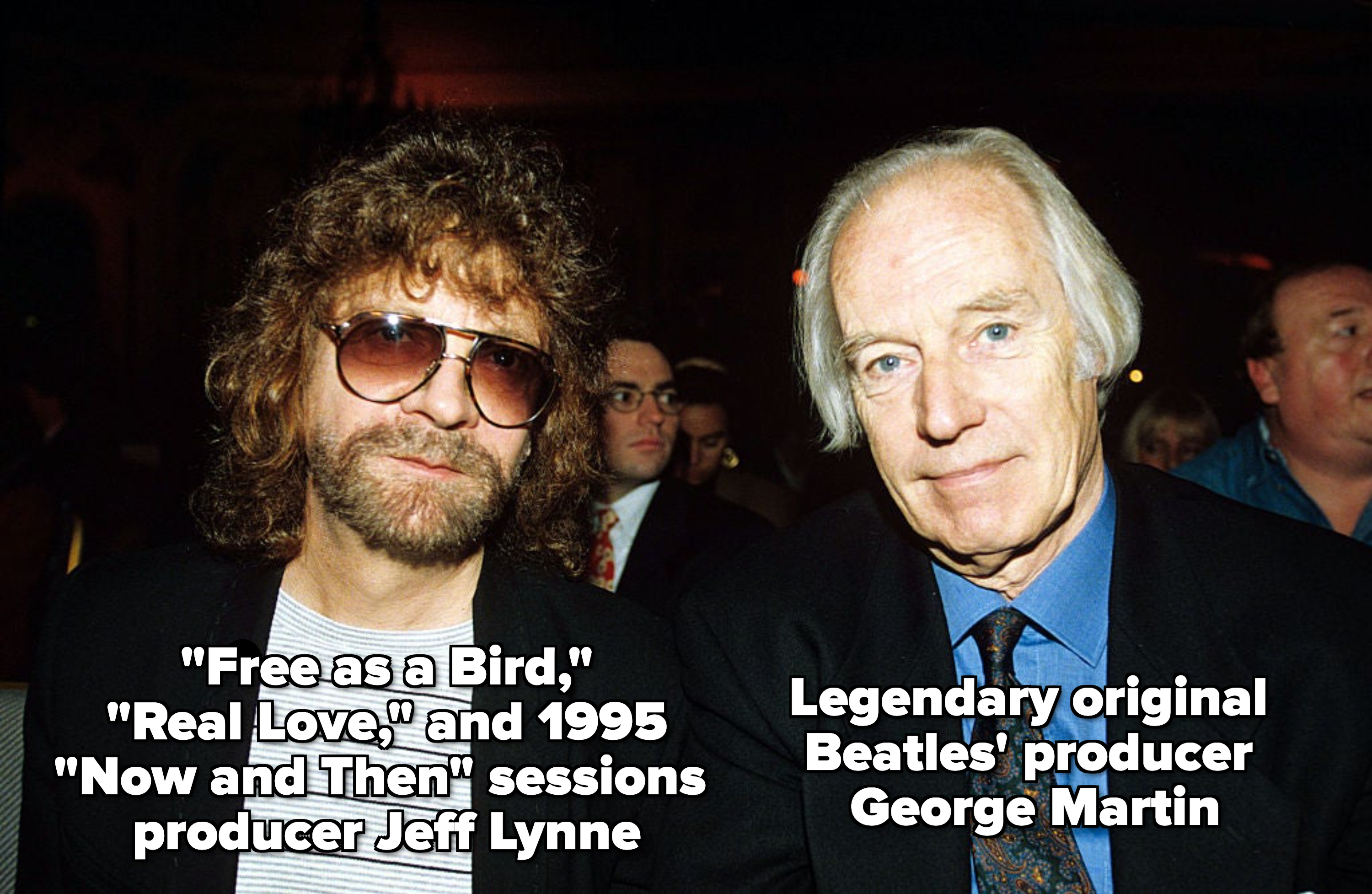
The three spent a couple days working on the backing track for "Now and Then" (with George laying down acoustic and electric guitar plus backing vocals), then decided to stop. George's widow, Olivia Harrison explained why in a press release for "Now and Then": “Back in 1995, after several days in the studio working on the track, George felt the technical issues with the demo were insurmountable and concluded that it was not possible to finish the track to a high enough standard."
And with that the hoopla surrounding The Beatles Anthology project ended, with the Beatles reuniting to record two final songs, but nothing more. To drive home the depressing point, a 1996 statement released by the Beatles' Apple records said: "The end has finally arrived...The Beatles are no more. The official word is Paul McCartney, George Harrison and Ringo Starr will never play together again as a group..."
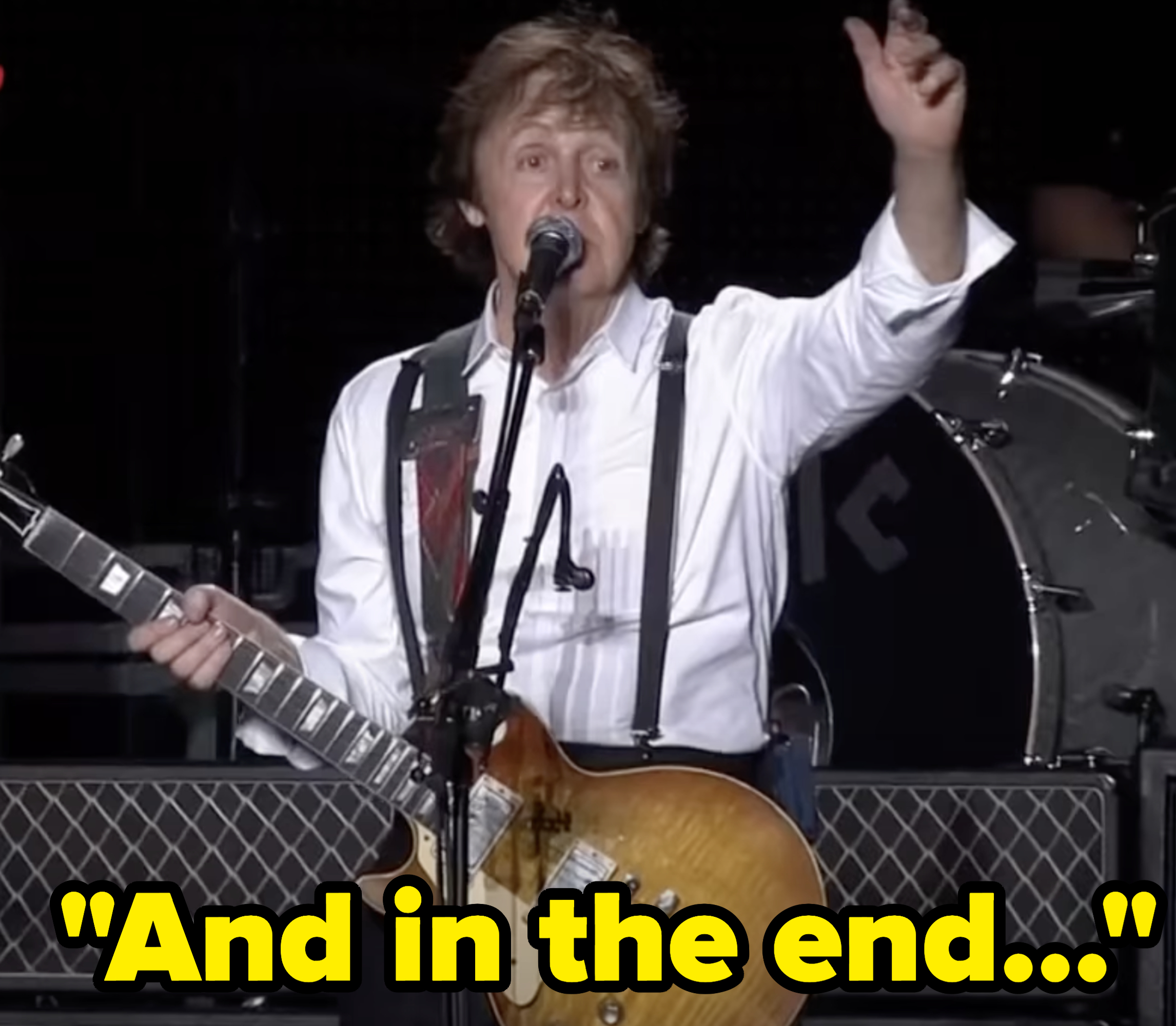
All of that brings us to today — 28 years after "Real Love" — and the announcement that The Beatles would release "Now and Then" as the last new Beatles song of all time. But wait, you're thinking, what happened to the hum on the demo? And all of the new lyrics the song needed? How did this come to be?
Well, as it turns out, there have been rumors for years that Paul — from time to time — has been quietly working on "Now and Then." One of his producers, David Kahne, reportedly heard the track as early as 2008, and Paul himself, speaking in a documentary about Jeff Lynne, said, "'Now and Then' is still lingering around. I'm gonna sneak in and finish it off with Jeff one of these days." So, Paul has been thinking about and possibly working on the song over the years. But what about the awful hum on the demo?
Enter Academy Award-winning filmmaker Peter Jackson, who directed the 2021 Beatles documentary, Get Back (which used modern technology to brilliantly update footage filmed during the writing and recording of the Let It Be sessions). While making Get Back, Jackson and his team invented a form of AI that could separate the different elements of a recorded track. This allowed them to do things like pull out a muffled voice in a loud room and clean it up to be heard clearly, or to separate a guitar and piano recorded on the same track so they could be heard individually. To use an analogy, this AI technology is the audio version of being able to take a cake and revert it back into its original parts...a cup of milk, a stick of butter, sugar, flour, etc.

When Jackson told Paul about this technology, it set in motion the release of "Now and Then." Yes, Paul had reportedly tinkered on "Now and Then" for decades, but it's unlikely the Beatles would have ever released the song without it. But once Jackson's technology was able to A.) remove the annoying hum from the demo, and B.) separate John's voice from his piano, Paul and Ringo were free to finally finish the song with no compromises.
Paul and Ringo added new drum and bass parts (plus other instruments) last year, and also recorded strings in Los Angeles...a very Beatle-esque touch they didn't add to either "Free as a Bird" or "Real Love." Incredibly, the song will also feature elements taken from the classic '60s Beatles tracks "Eleanor Rigby," "Here, There, and Everywhere," and "Because."

So what can we expect? First, a very unusual track that may have been recorded, in part, in the '60s (the "Here, There, and Everywhere," "Eleanor Rigby," and "Because" parts) the '70s (John's original demo), the mid '90s (George's guitar and vocals, plus possible contributions from Paul and Ringo), the '00s and '10s (anything that Paul may have added during his tinkering), and the '20s (Paul and Ringo's rhythm section and the strings). It's wild to think that parts of the song were recorded in four (but possibly as many as six) different decades!

We will also most likely hear the most sonically impressive Beatles reunion track yet. John's vocal — separated from the hum and locked-in piano — should sound like it was recorded in a studio (and certainly not as distant and washed out as his voice was on "Free as a Bird" or "Real Love.") And the mere fact they've decided to release the song — billed as the final Beatles song no less! — decades after they announced "the Beatles are no more," suggests they're pretty proud of what they've created.
John's son Sean, who was likely toddling about the apartment when John laid down the demo to "Now and Then," commented on Twitter back in June, saying:
"The AI did nothing but clean the noise off my dad’s vocal track. That’s all. Nothing else. The song was a demo dad had recorded and the other Beatles finished it off. Exactly like 'Free As A Bird', only the original vocal was a bit dirtier on this one so they cleaned up the noise with AI. There’s nothing fake about it. It is a new recording made by all four Beatles. My dad’s voice is exactly as he recorded it minus the noise... I shouldn’t speak too much on this yet but I’ll just say the track turned out beautifully and I think everyone will be happy."
Speaking about "Now and Then" in its press release, Paul said: “There it was, John’s voice, crystal clear. It’s quite emotional. And we all play on it, it’s a genuine Beatles recording. In 2023 to still be working on Beatles music, and about to release a new song the public haven’t heard, I think it’s an exciting thing.”





